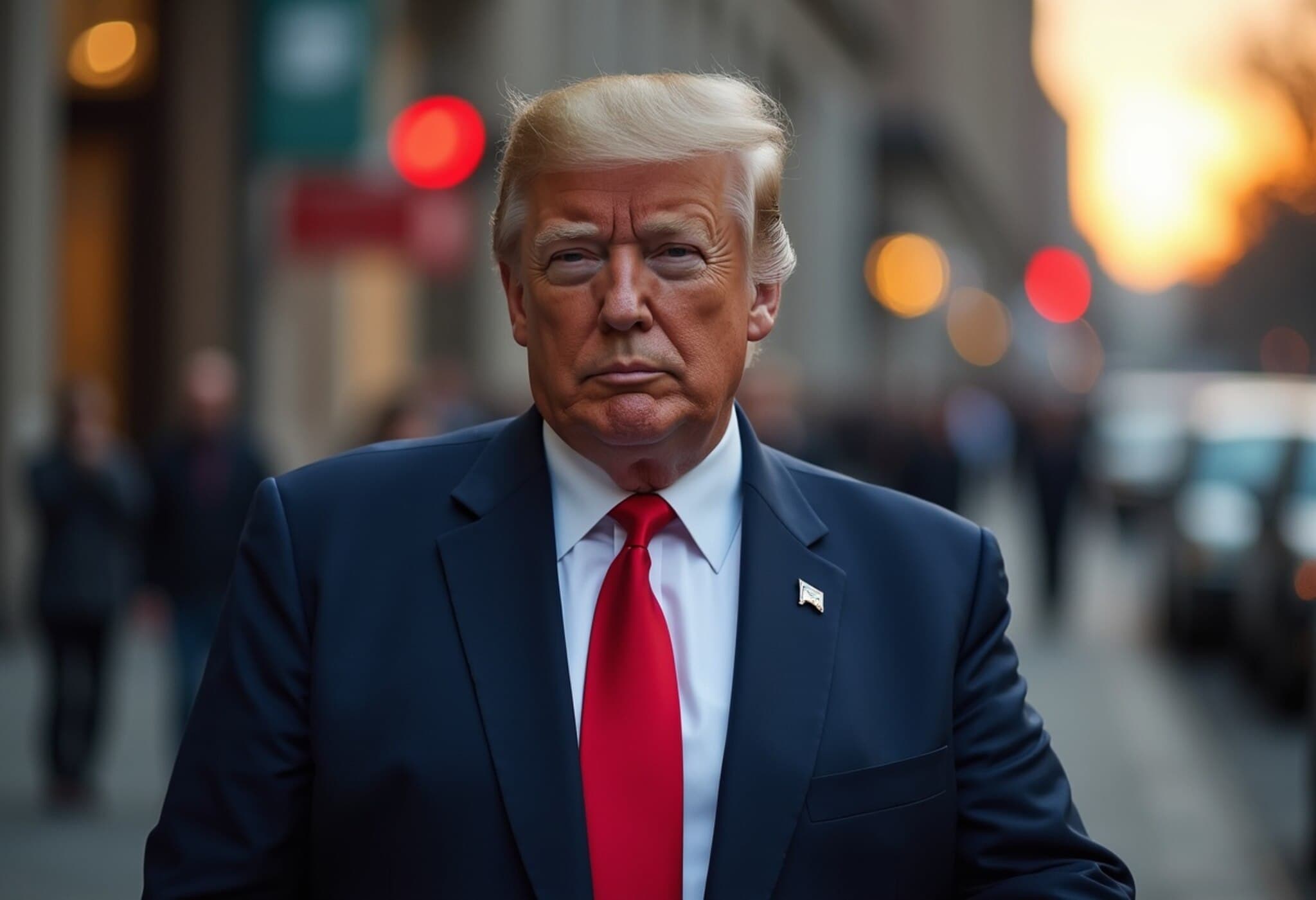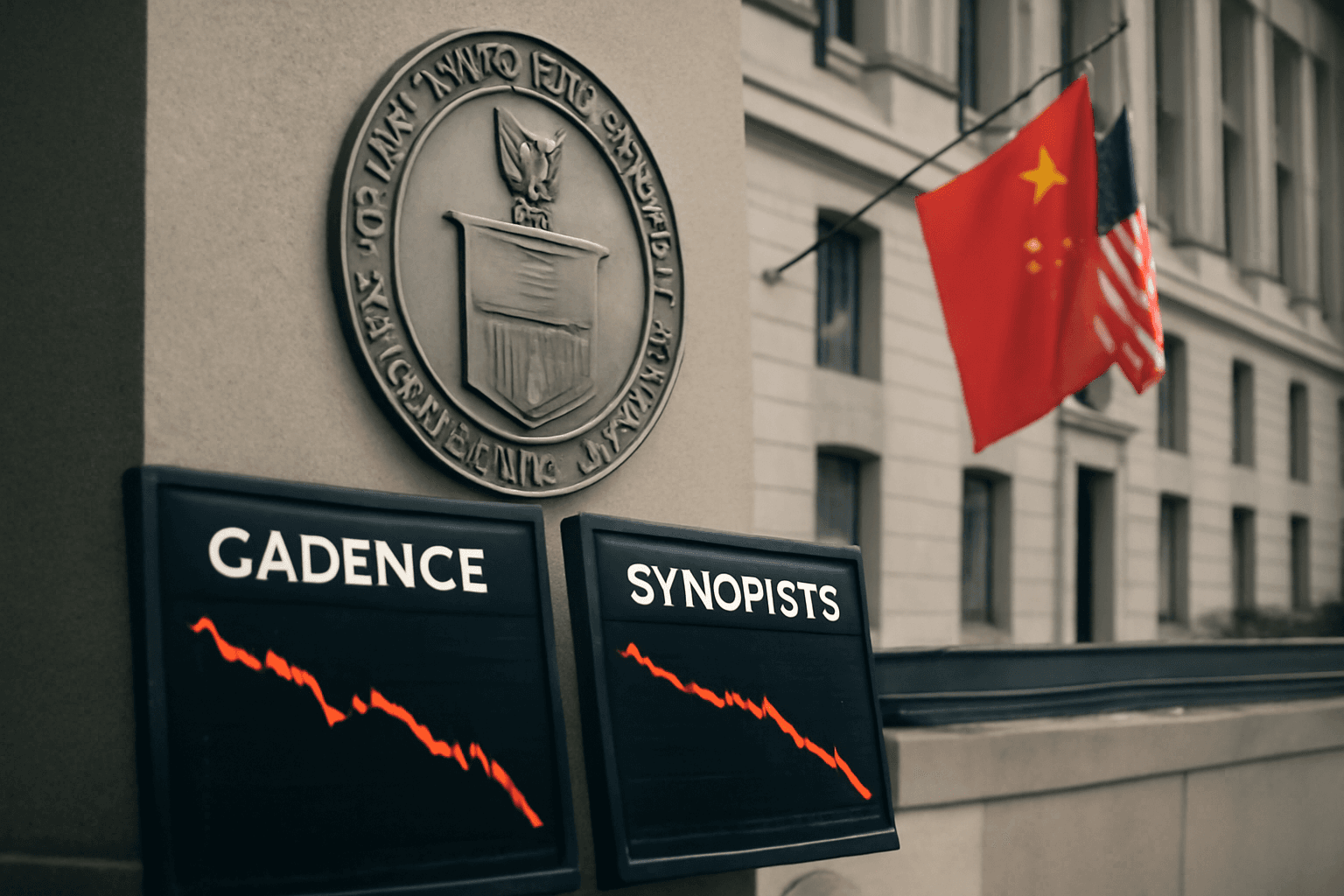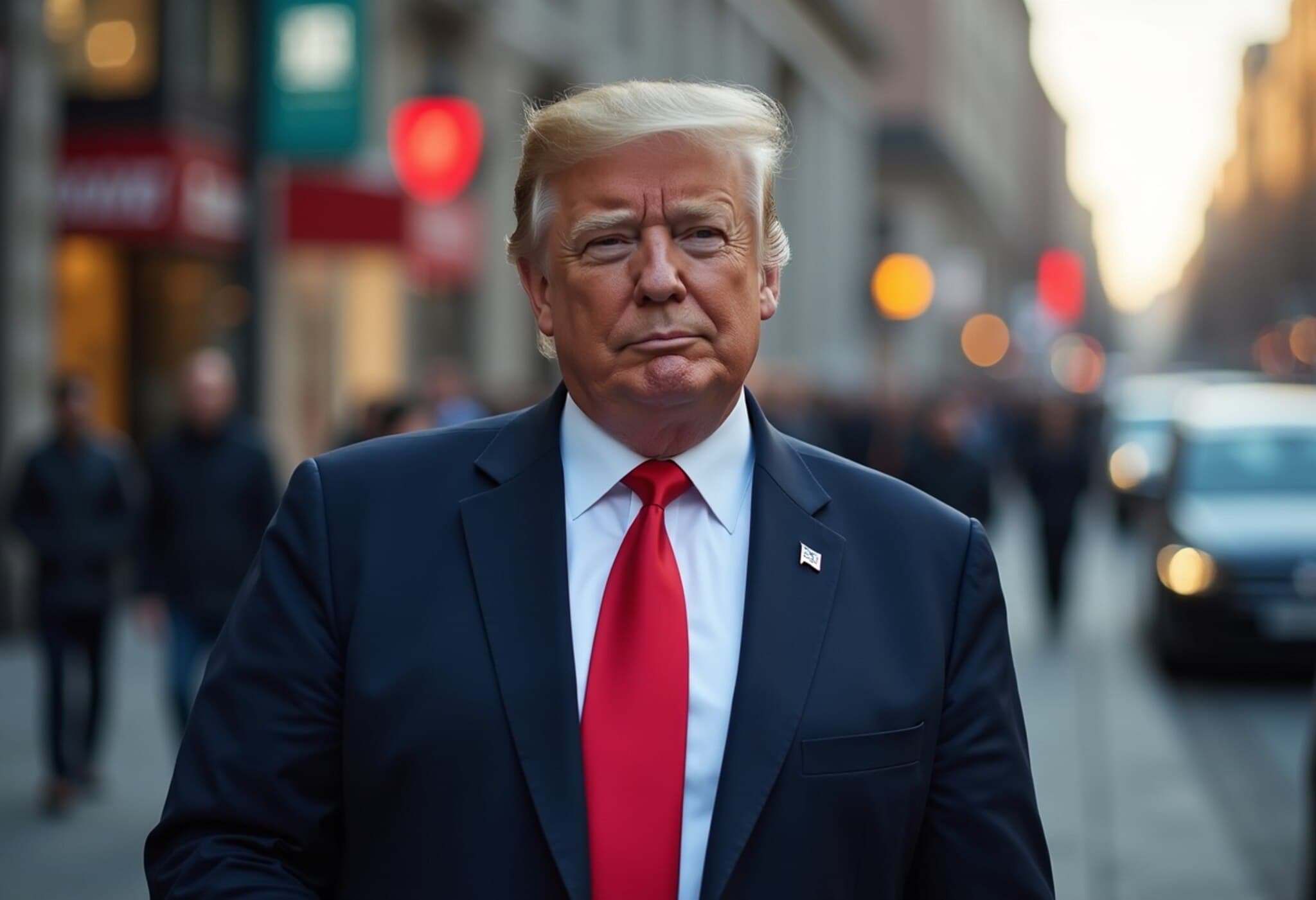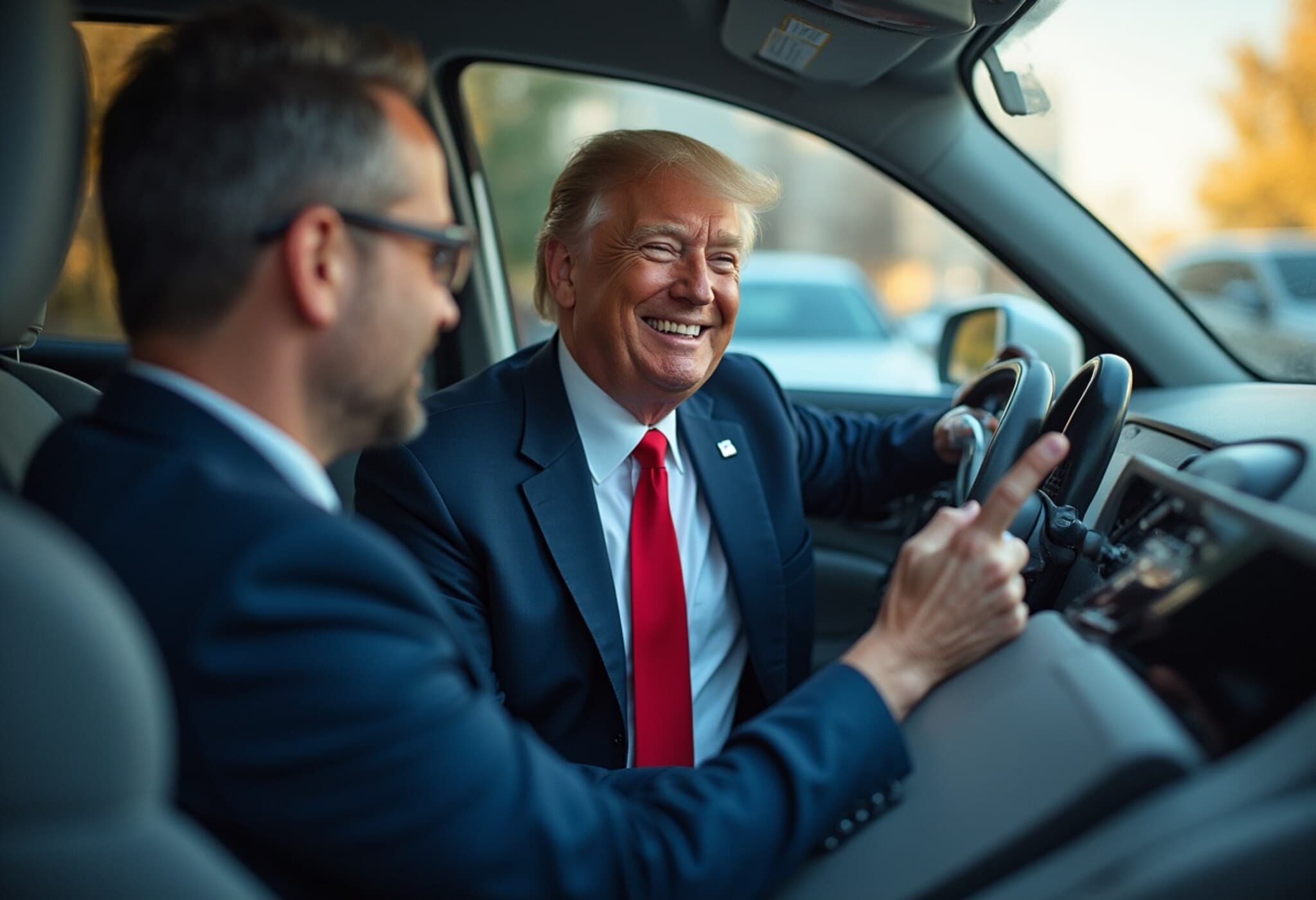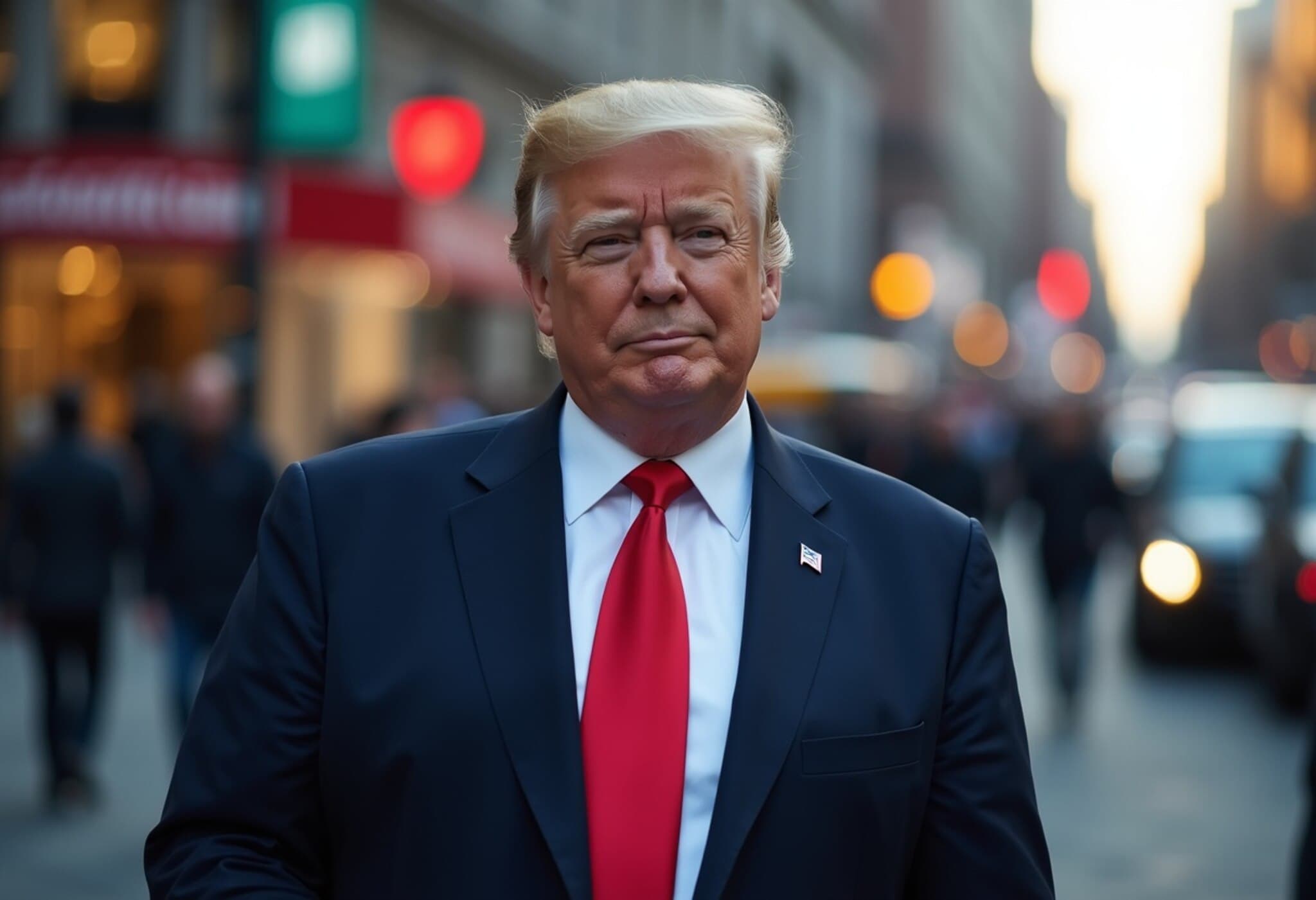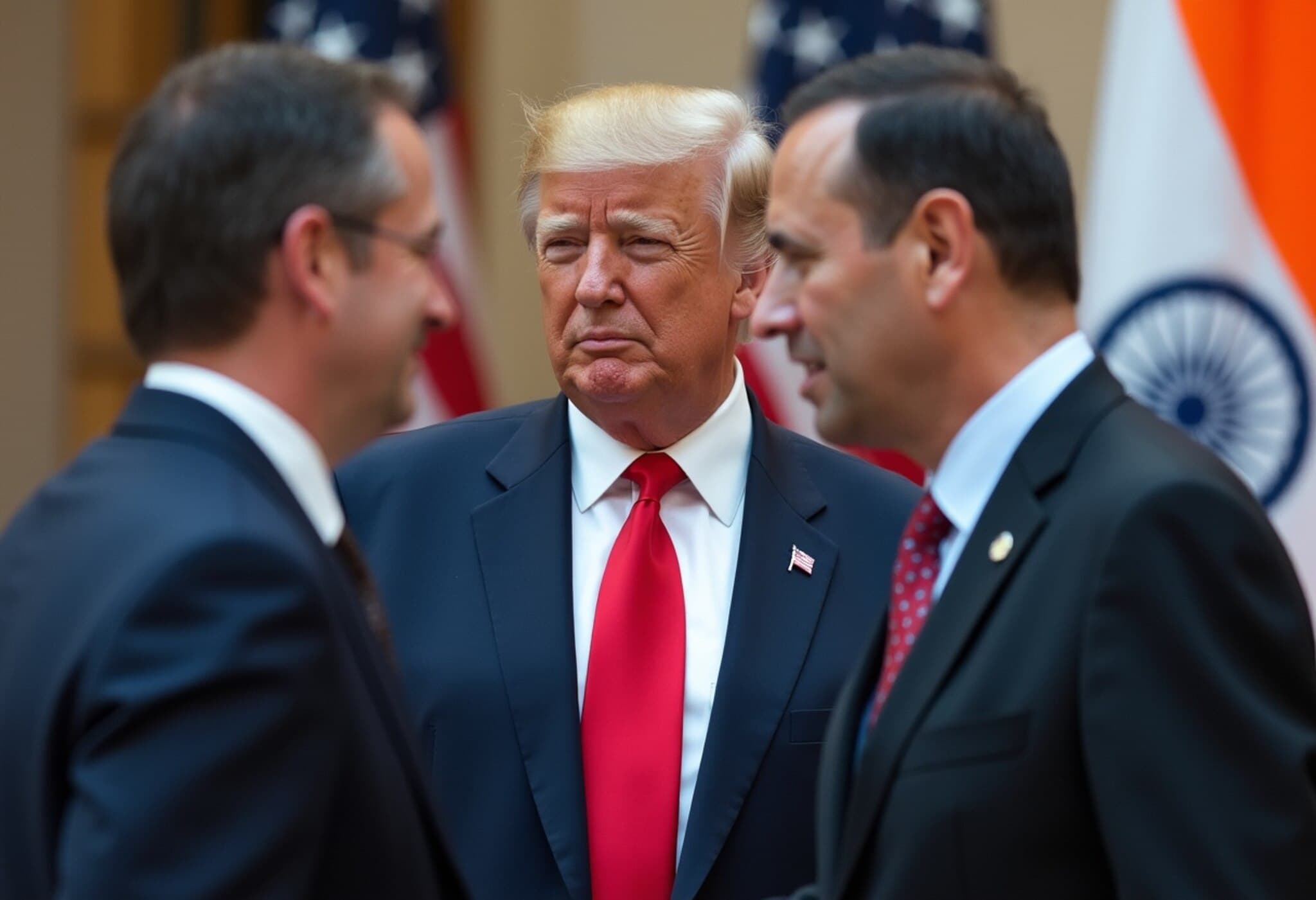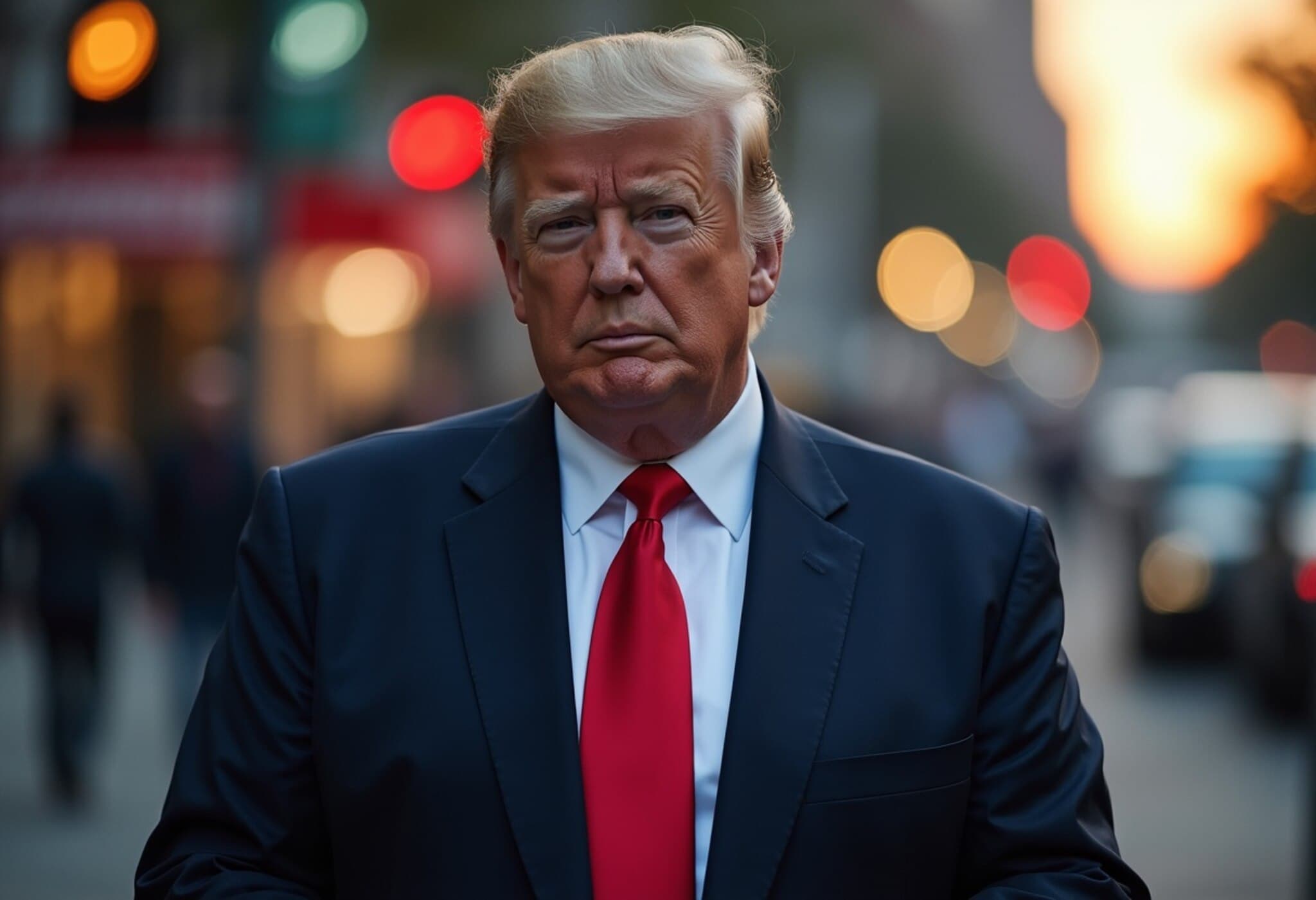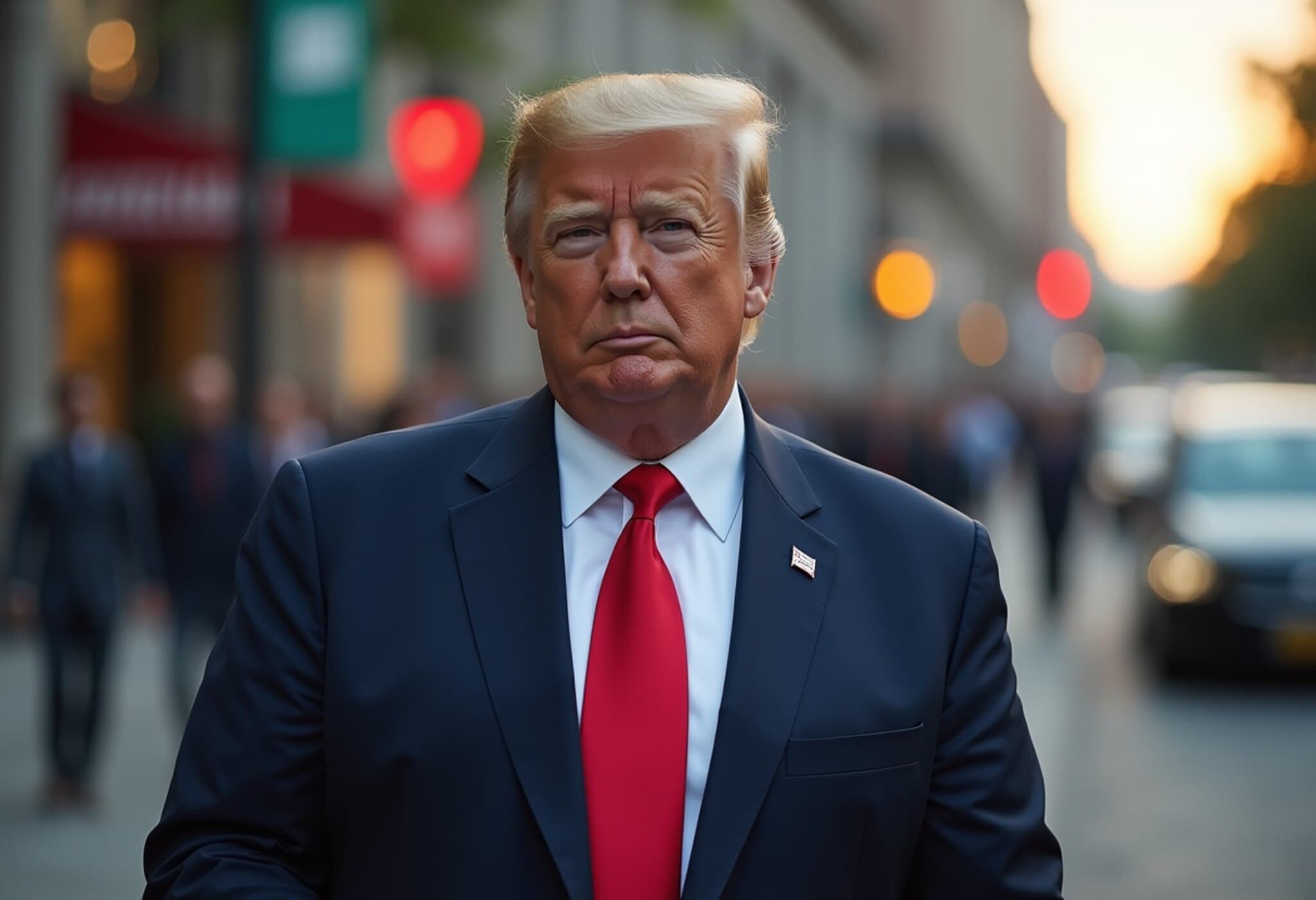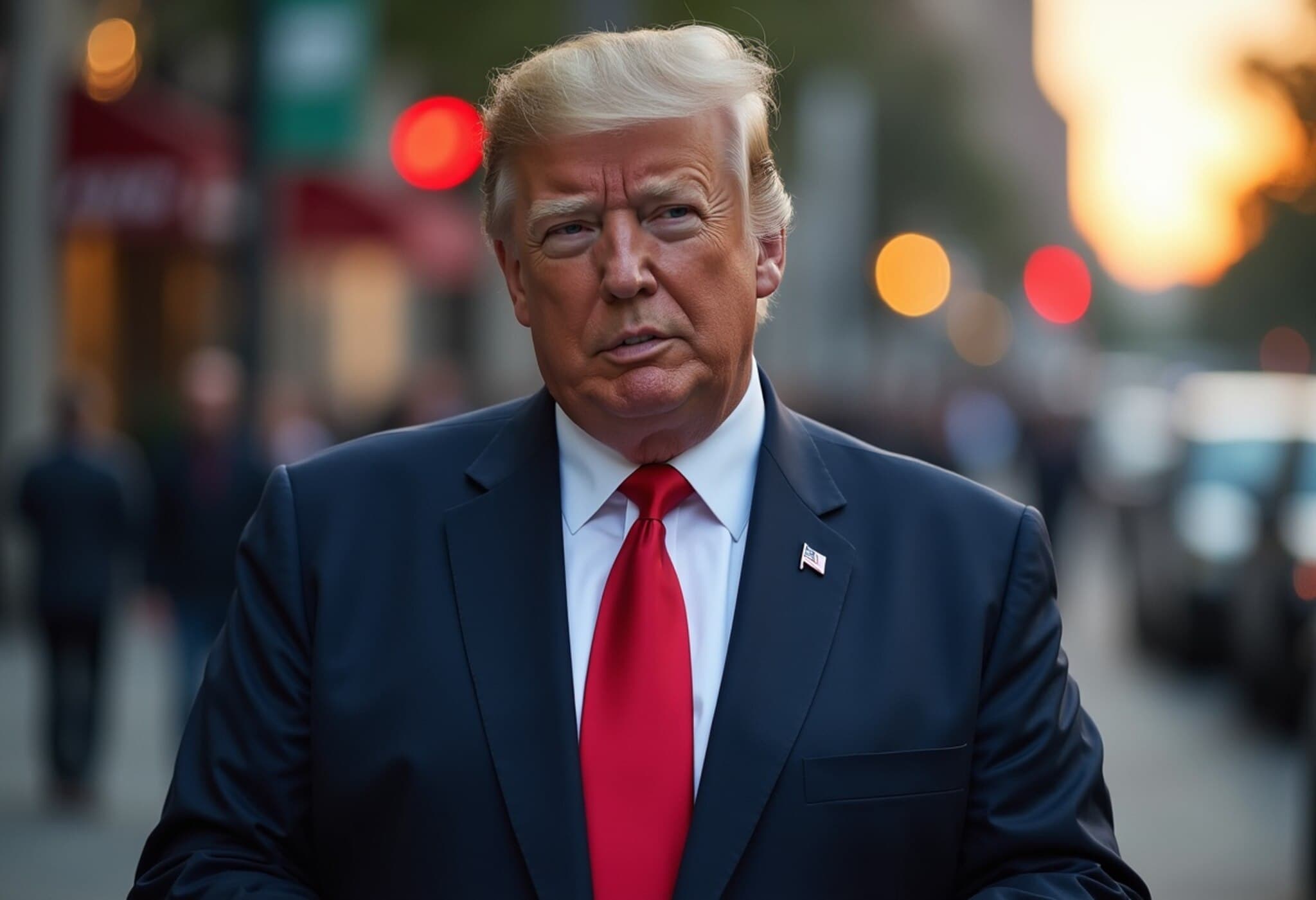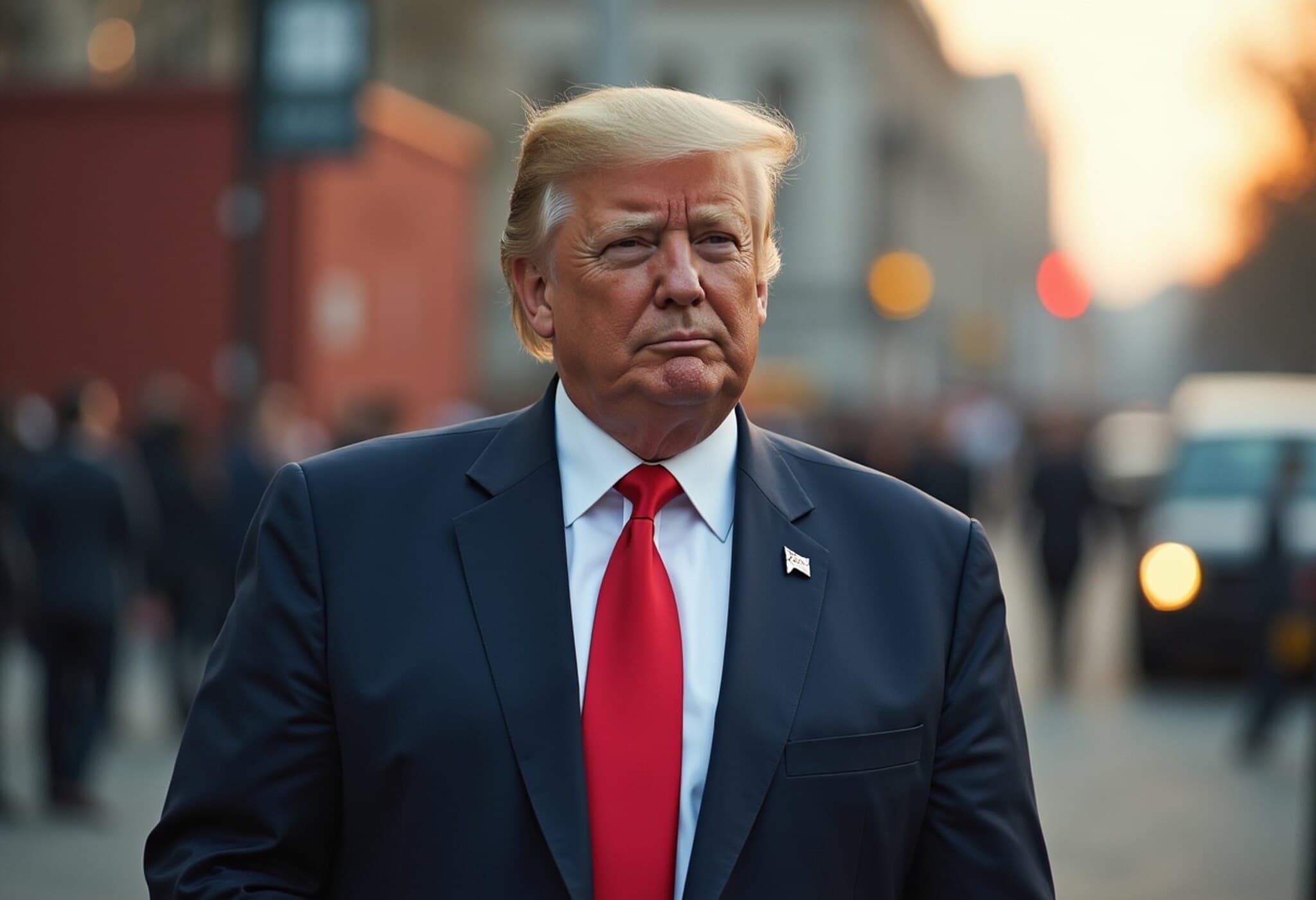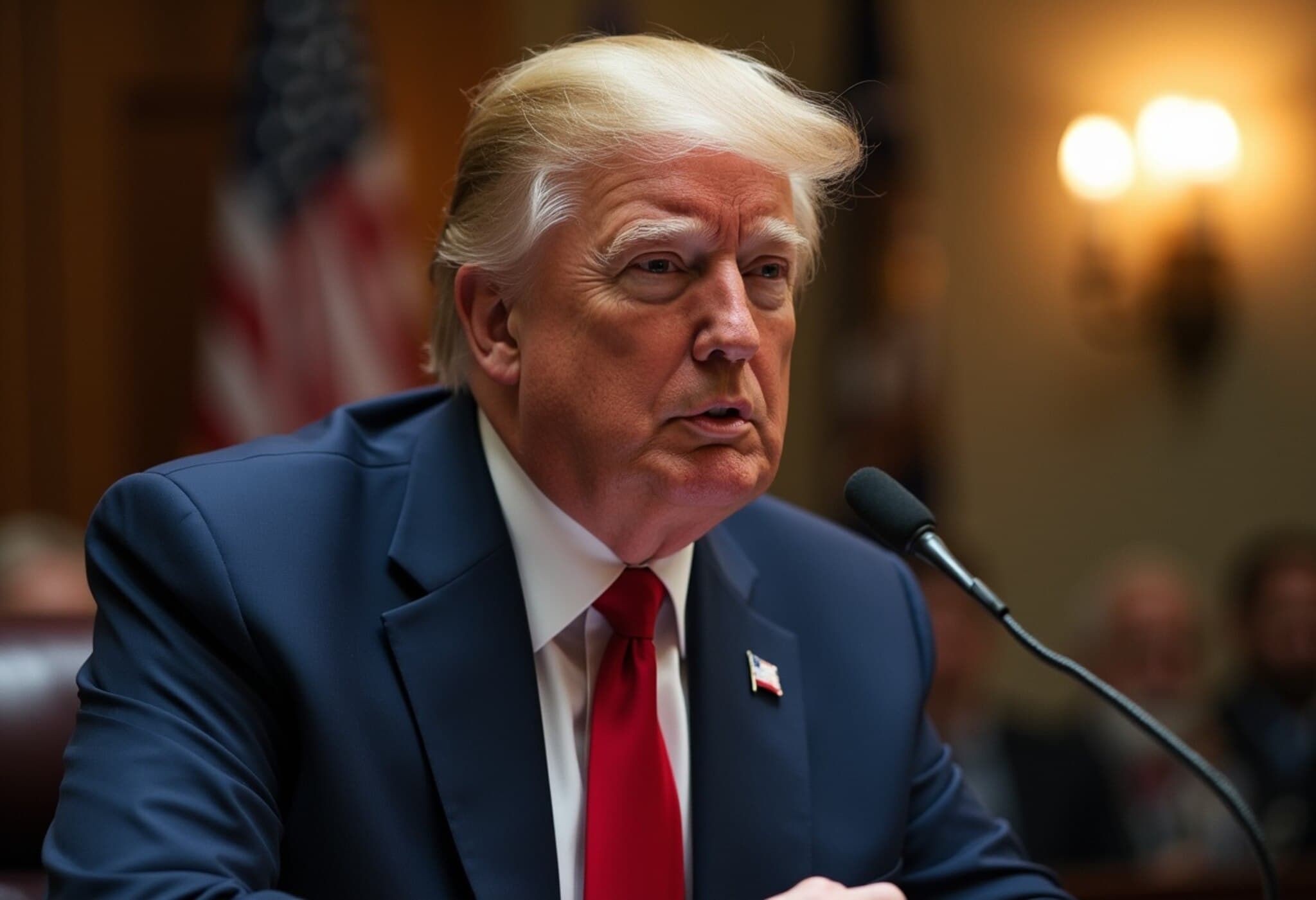Trump Expresses Doubt Over US-EU Trade Agreement
On July 25, 2025, US President Donald Trump acknowledged a ‘50-50 chance or less’ of securing a trade deal with the European Union, underscoring the growing tensions around looming tariffs. Speaking before departing for Scotland, Trump said while negotiations with the EU are ongoing, his administration is preparing for the possibility that no deal will be reached by the August 1 deadline.
The Stakes of the Trade Talks
The core issue centers on Trump's threat to impose 30% tariffs on EU imports starting August 1, a move designed to protect American industry but one that risks disrupting transatlantic trade and escalating a costly tariff war. The European Commission and member states have responded by approving counter-tariffs on about €93 billion (approximately $109 billion) worth of American products, signaling a readiness to retaliate if pushed.
Trump stated the EU would need to “buy down” the tariff rates to avoid this scenario, though he offered no specifics on what form that could take. Speculation suggests a possible compromise could mirror the recent US-Japan trade agreement, which includes a 15% reciprocal tariff on imports; however, the White House has called such reports premature.
Lessons from the US-Japan Deal: A Cautious Template
The US announced a trade agreement with Japan earlier this week, hailed by Trump as an example for future deals. However, tensions are already emerging over how to divide profits from Japan’s planned $550 billion investment in the US. Japan reportedly seeks an equitable share of returns, while Washington aims to retain 90% of the profits. This friction hints that even successful deals will require delicate balancing acts.
Under Trump’s evolving trade strategy, tariffs ranging from 15% to as high as 50% are expected, particularly targeting nations deemed difficult trading partners. This marks a departure from April’s “Liberation Day” plan, which proposed a uniform 10% baseline tariff. The increasing tariff rates reflect a hardening stance on trade, intended to leverage better terms but also risking broader economic ramifications.
Trade Relations Beyond the EU
Trump also signaled difficulties in talks with other major partners. He expressed frustration over negotiations with Canada, hinting the US may impose 35% tariffs on imports not covered under the USMCA agreement. Meanwhile, dialogue with China continues cautiously, with Trump mentioning that negotiators expect to meet again soon and that they are close to a deal framework.
Peter Navarro, Trump’s trade adviser, downplayed optimistic statements from the EU, urging skepticism about the bloc’s willingness to make significant concessions. Unlike with Japan, the EU has shown no interest in promising new US investments as part of the negotiations, an important factor Trump has emphasized.
Expert Analysis and Regional Context
From an American economic policy viewpoint, the ambiguity around these trade deals presents substantial uncertainty for businesses and markets dependent on stable transatlantic partnerships. The potential application of steep tariffs threatens to raise costs for US manufacturers reliant on imported materials from Europe and, reciprocally, could hurt American exporters facing European countermeasures.
Moreover, the EU’s preparedness to retaliate economically showcases the risks of unilateral trade aggression, which could spiral into prolonged protectionism detrimental to global economic recovery efforts. The delicate balancing act for the Biden administration’s successors will be navigating trade relations that both protect domestic interests and sustain international cooperation.
Critical Questions Remaining
- Can a fair compromise on tariffs be reached without damaging the broader US-EU relationship?
- Will the US-Japan deal’s emerging conflicts foreshadow similar disputes with the EU or other partners?
- What long-term impact will aggressive tariffs have on US industries and consumer prices?
- How will emerging geopolitical tensions influence trade diplomacy going forward?
Looking Ahead
As the August 1 deadline approaches, the path for a US-EU trade deal remains uncertain. Businesses and policymakers alike must prepare for scenarios ranging from constructive agreements to escalating tariff conflicts. Meanwhile, the broader global trade architecture is entering a phase where traditional rules are being challenged, demanding strategic agility and sustained dialogue among key economic players.
Editor’s Note
President Trump’s cautious outlook on a US-EU trade deal highlights the complex intersection of national economic interests and international diplomacy. While tariff threats have become central negotiation tactics, the potential fallout raises important questions about the future stability of global trade. Observers should watch closely whether this moment signals a new era of tough trade politics or paves the way for innovative frameworks balancing protectionism with partnership.

